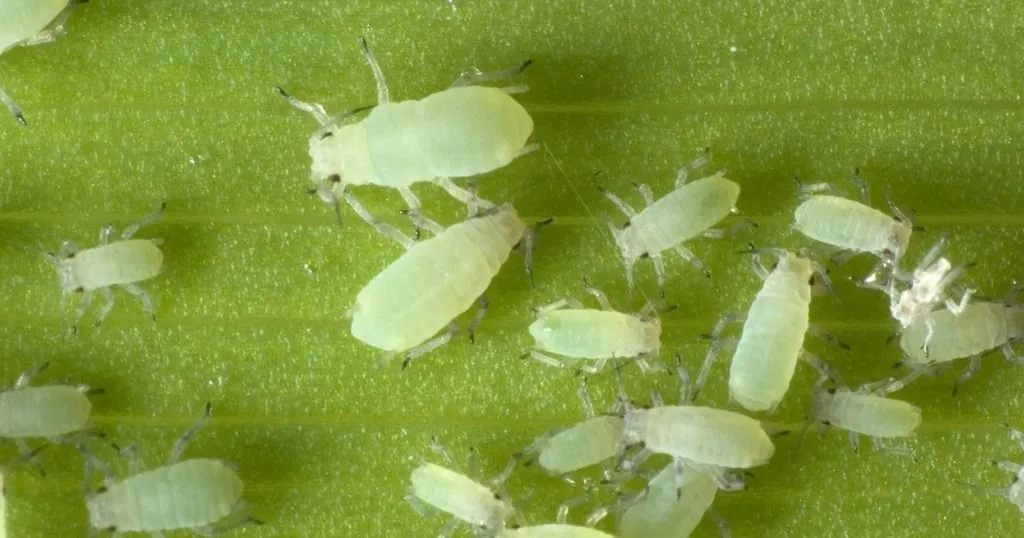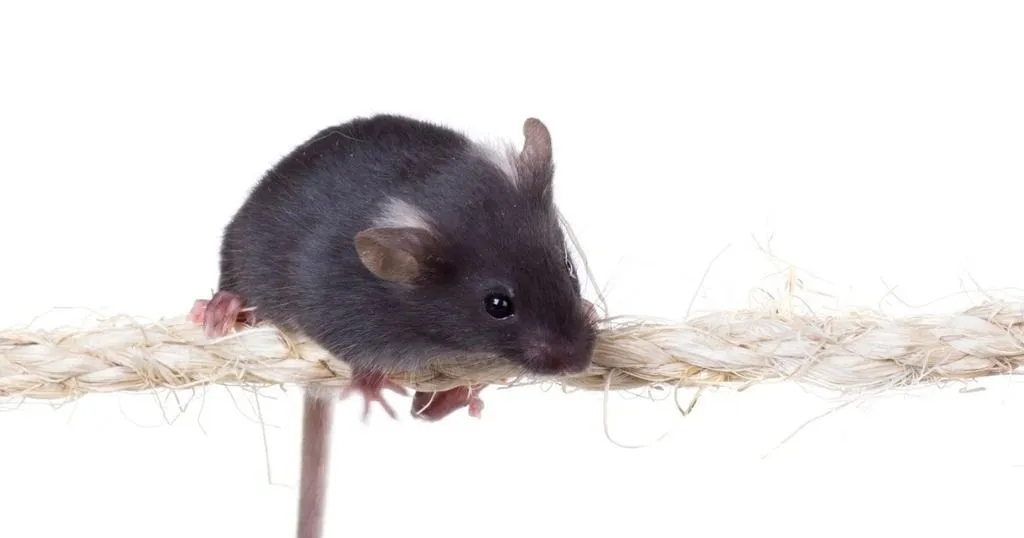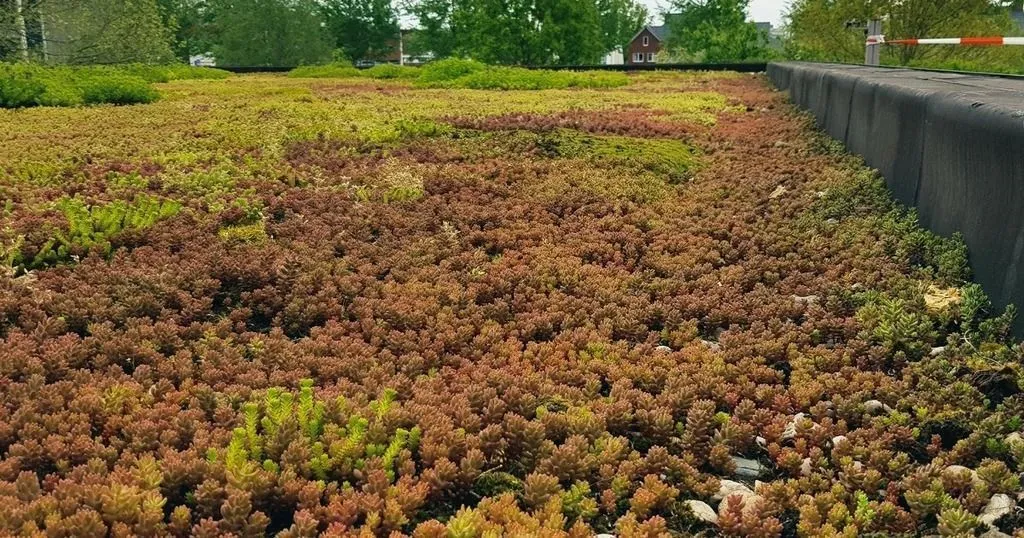How you can efficiently screen for plant resistance to aphids
Aphids are small insects that pierce plant leaves and suck out their contents. Although they inflict limited physical destruction to the plant, aphids commonly infect plants with viruses, which can destroy complete harvests.
Posted by
Published on
Thu 30 Jul. 2015
Topics

Aphids are small insects that pierce plant leaves and suck out their contents. They can cause considerable crop damage. Although they inflict limited physical destruction to the plant, aphids commonly infect plants with viruses, which can destroy complete harvests [1].
Plant resistance to aphids
In nature, plants have numerous ways to defend themselves against insects. Some species have a thick waxy epidermis or spines on their leaves; others produce toxic substances or nasty smells [2]. By taking advantage of plants’ natural defenses, researchers can breed for plant varieties that are better protected against pest insects [3]. In this way we can decrease the amount of pesticides necessary so we can produce cleaner crops. However, breeding for plant resistance requires an easy method to screen many plants for resistance.
Low-throughput screening
Until now, host plant resistance to aphids has been investigated either in aphid population growth studies, or in detailed studies of aphid feeding behavior. Both methods are very labor intensive. In population growth studies, the number of aphids is counted over time. This requires many plants, much time, a climate-controlled space, and a lot of man-hours to count the aphids at the end of the test. Aphid feeding behavior can be measured with the Electrical Penetration Graph (EPG) technique in which the different aphid feeding stages are measured with changes in an electrical current going through them [4]. Individual aphids are connected to a volt meter with a tiny gold wire, and the electrical signals indicate whether and from which plant part the aphid feeds. Although this gives very accurate information on the feeding behavior, the method requires very labor intensive handling of the tiny creatures, and only eight plants can be screened simultaneously. Therefore, the throughput of both methods is low.
New video tracking method
Karen Kloth and her colleagues at Wageningen University developed a new method that is very promising for screening plants for aphid resistance [5]. They used the video tracking software EthoVision XT to analyze aphid behavior automatically. They found that the number of long probes (periods of penetration longer than 15 minutes) on leaf discs was a good measure for host plant resistance to aphids. These long probes can be measured automatically by determining the amount of time the aphids are not moving on the leaf discs. Other parameters that can be measured automatically with video tracking as well, such as the distance the aphid walked, were also related to plant resistance.
New method validated
Kloth et al. compared the video tracking data with results from manually scored EPG experiments. As expected, the labor-intensive EPG method gave accurate results of plant resistance levels using just a few replicates. However, although the video tracking method necessitated a higher number of replicates to obtain similar outcomes, it allowed many more samples to be screened at once, with the added benefit of automating the data annotation.
High-throughput screening
Video tracking opens up the possibility of large scale screening for plant resistances and, on a more general level, insect behavior. At present, 100 plant varieties can be screened simultaneously with just one of Kloth’s setups. Thus, the method Kloth et al. developed is very promising for high-throughput screening for plant resistance to aphids. With this method, searching for suitable plant lines to develop pest-resistant crops can be made much easier.
References
- Minks AK, Harrewijn P. World crop pests. Aphids. Their biology, Natural enemies and control. Elsevier Science Publishers, Amsterdam, the Netherlands; 1989.
- Schoonhoven, L. M., Van Loon, J. J., & Dicke, M. (2005). Insect-plant biology (No. Ed. 2). Oxford University Press.
- Wink M. Plant breeding: importance of plant secondary metabolites for protection against pathogens and herbivores. Theor Appl Genet. 1988; 75:225-33.
- McLean DL, Kinsey MG. A technique for electronically recording aphid feeding and salivation. Nature. 1964; 202:1358-9.
- Kloth, K. J., ten Broeke, C. J., Thoen, M. P., Hanhart-van den Brink, M., Wiegers, G. L., Krips, O. E., & Jongsma, M. A. (2015). High-throughput phenotyping of plant resistance to aphids by automated video tracking. Plant methods, 11(1), 4.
Related Posts

Homology and analogy in behavioral neuroscience

How we turned our office into a living lab with a green roof

